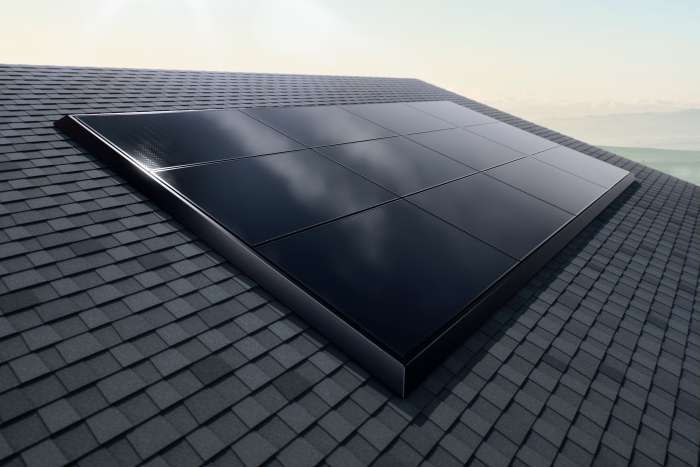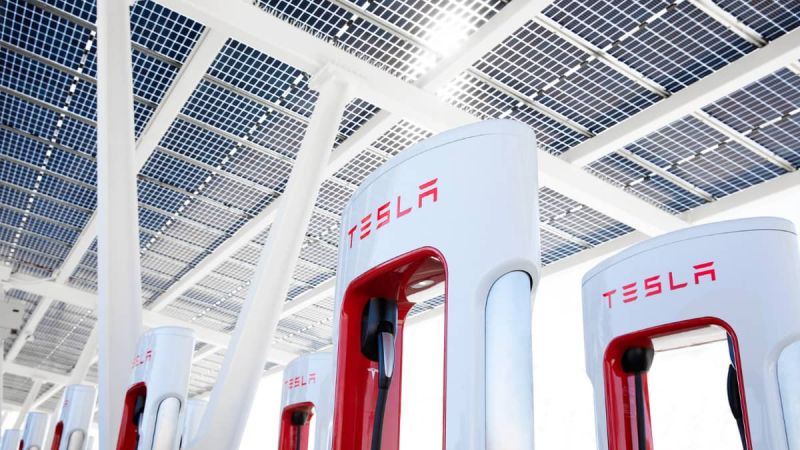After a first part of the year where solar PV costs had risen, in December 2022 the price of silicon - the key raw material for making solar panels - began to fall, a decline way stronger than expected so far in the market. This has had the consequence that dense mono-crystalline materials have gone from $45,091 per tonne in October 2022, to $25,964 per tonne as of last week; a 42.4% decrease in just three months.
In January, the price of poly-silicon, a lower quality blend of silicon from different sources, fell below $22,103 per ton, a drop of more than 50% from the previous month. These data comes from China, the world's leading producer. The Ministry of Industry there carried out a sharp price reduction, which came at a time of increasing local production capacity: according to the China Photovoltaic Industry Association, in 2022 China's polysilicon production was around 811,000 tons, a year-on-year increase of 65.5%. Two factors that have actually helped bring costs down.
But will Tesla and other manufacturers be able to produce cheaper solar panels or solar shingles in 2023? According to several experts, the price of silicon is likely to continue to decline in 2023, eventually settling in the range of $12,000-$18,000 per ton. Something that should be accompanied by a general drop in the final prices of the product.

On the one hand, silicon materials will not become a bottleneck restricting demand; the first impact of lowering costs usually being an actual increase in production. These lower production costs in turn will inevitably boost demand in the photovoltaic industry. The lower prices of raw materials are already affecting the industry: last week, an executive from a Chinese photovoltaic company told a Bloomberg reporter that "companies in the upper and middle reaches of the industrial chain have started to significantly reduce" their prices by as much a surprising 30%.
Rumors in Chinese mainstream media indicate that many solar panel producers have already started ramping up production and are expecting a rapid increase in demand from February on, due to lower costs. This means that China's PV industry could even break new records in 2023, with expectations to exceed 100 GW of new capacity, surpassing the previous 2022 record of 80 GW.
We start 2023 with high expectations. #Solar energy demand is set to increase up to 2023, according to Bloomberg Intelligence
Read the full forecast here https://t.co/wd54V0JXKm pic.twitter.com/IchgMuREceAdvertising — Universal Kraft (@KraftUniversal) January 2, 2023
The other big question is whether these reductions will also be felt in prices outside of China. According to experts this in fact should be the case, since Chinese manufacturers have between 50 and 80% of their market outside their borders. Over the past month, the price of solar panels has fallen from $0.5 per watt to $0.23 per watt, down 54%. Industry experts expect the price on the European market to drop to between $0.22 and $0.17 per watt from the second quarter of 2023 on.
Something that should mean a sharp reduction in the costs of solar panels in the second half of the year as current stocks run out. By the end of 2023, the prices paid for photovoltaics in Europe may be as much as 50% lower than they were at the beginning of the decade. This decrease in solar panel costs could be a great opportunity for Tesla Solar, which long ago launched its own line of solar shingles and roof tiles. With the prices of the raw materials falling, Tesla may be able to pass on the savings to its customers, becoming a major player in the solar industry.
Source: bloomberg
All images courtesy of Tesla Inc.
Nico Caballero is the VP of Finance of Cogency Power, specializing in solar energy. He also holds a Diploma in Electric Cars from Delft University of Technology in the Netherlands, and enjoys doing research about Tesla and EV batteries. He can be reached at @NicoTorqueNews on Twitter. Nico covers Tesla and electric vehicle latest happenings at Torque News.












